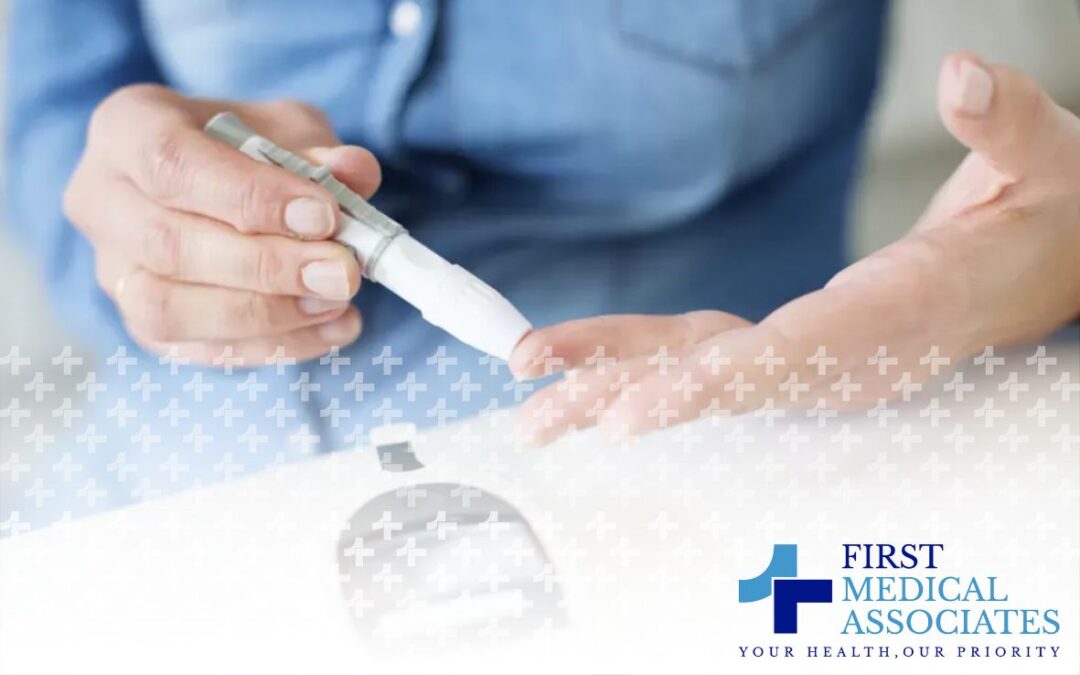5 Signs of Prediabetes
Incidences of Type 2 diabetes are on the rise. Many people are at risk and don’t even know it. Catching diabetes early, even before it becomes a full-blown disease, protects your long-term health and well-being. At Doctors First, our family doctors want you to look out for these signs so you can get early treatment and prevent this debilitating, chronic disease.
Blood Sugar Patterns
A simple blood test can help you evaluate your blood sugar levels. Ask the primary care doctors at Doctors First to test your blood sugar levels using an A1C test to determine the amount of sugar, or glucose, that’s in your blood. A score of 5.7 to 6.4 puts you in the prediabetes range, and you should take action — such as following a healthier diet, becoming more active, and losing weight — to help decrease your numbers.
Anyone older than 45 should get tested, but if you’re at greater risk of diabetes, you should seek a test earlier. Being overweight, having a family history of diabetes, or suffering from polycystic ovary syndrome are reasons to have your blood sugar tested at your next visit.
Hair Loss
Hair loss can occur for a number of reasons, including stress, iron deficiency, and certain medications. Insulin resistance, which is a major symptom of prediabetes, can also cause unusual hair loss. While you typically lose up to 100-150 hairs normally per day, losing a lot more warrants your attention.
Dark Patches of Skin
Diabetes affects many organs in your body, including your skin. Unusual changes in your skin, such as patches of reddish brown or yellowish skin can be a sign you have too much insulin in your blood. You may also have thickened patches, scales, or shininess that indicate prediabetes.
Unexplained Fatigue
Of course, you might be tired following a poor night’s sleep, from chronic stress, or from pulling an all-nighter, but if you don’t have a good explanation for your fatigue and constantly struggle to move through your day, it could be an indication of an insulin problem.
Normally, insulin shuttles sugar — or energy — into your cells for your body to use for energy. When you’re resistant, more of this sugar stays in your bloodstream so you can’t use it to fuel activity, and you feel fatigued and run down as a result.
Increased Thirst and Urination
When you’re prediabetic, you have higher-than-normal levels of sugar in your bloodstream. High blood sugar makes your body increase urine production, and as you lose this fluid, you become thirstier and thirstier.
Genetics, a diet high in refined grains, sugary treats, soda pop, and processed foods, being overweight or obese, and a sedentary lifestyle also put you at risk for developing prediabetes, even if you don’t have overt symptoms.
Regular primary care visits at Doctors First can help you keep track of your health markers so you can take action as soon as diabetes starts to loom as a possibility. In the meantime, switch to a healthier diet, quit smoking, move more, and lose weight to greatly improve your health and reduce the likelihood that you’ll develop prediabetes or Type 2 diabetes.

